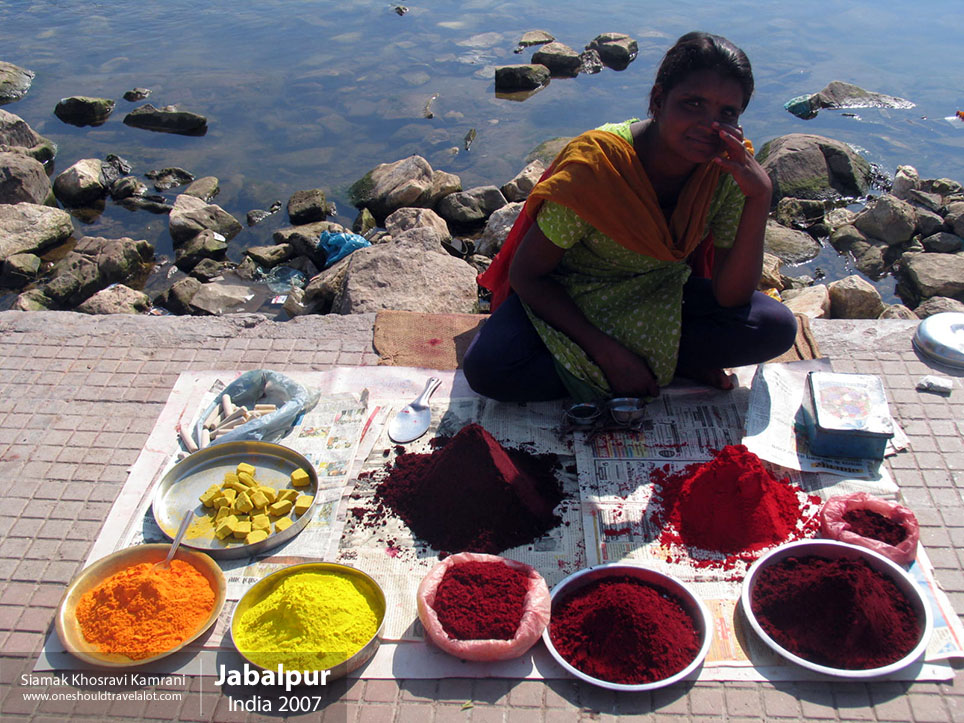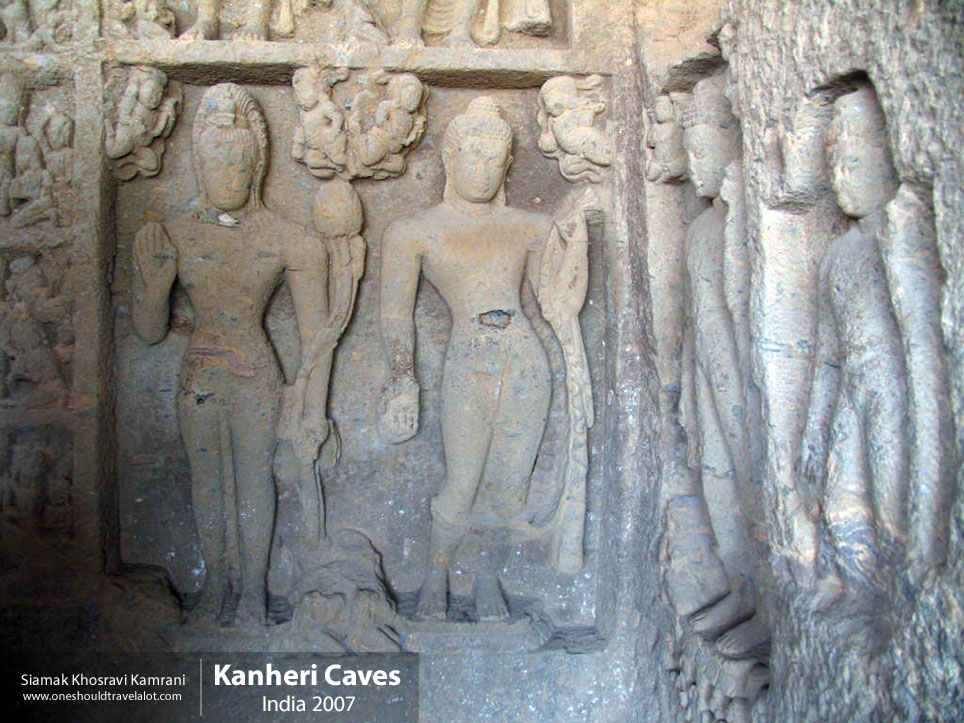Exploring Hampi: A Photographer’s Tale
Nestled in the southern state of Karnataka, India, lies the historical city of Hampi, a UNESCO World Heritage site that beckons travelers with its ancient ruins, vibrant culture, and breathtaking landscapes. As a young photographer, I was drawn to Hampi’s promise of capturing the essence of a bygone era through my lens. This journey turned into an enchanting adventure filled with historical wonders, cultural immersion, and the sheer joy of discovering a place where time seems to stand still.
The Ancient City of Hampi
A Glimpse into History
Hampi, once the capital of the mighty Vijayanagara Empire, is a treasure trove of history. The city flourished between the 14th and 16th centuries and was known for its grandeur and wealth. The remnants of this glorious past are scattered across the rugged landscape, offering a fascinating glimpse into the architectural and cultural achievements of the time. As I wandered through the ruins, I could almost hear the echoes of bustling markets, grand ceremonies, and the clinking of swords from ancient battles.
The Journey Begins
Arrival in Hampi
My journey to Hampi began with a scenic drive from the city of Hospet, located about 13 kilometers away. The road to Hampi is lined with lush paddy fields, quaint villages, and the occasional glimpse of the Tungabhadra River shimmering in the sunlight. As I approached the city, the landscape transformed into a surreal panorama of giant boulders and rocky outcrops, standing as silent sentinels to the ancient civilization that once thrived here.
First Impressions
The moment I set foot in Hampi, I was struck by the contrast between the serenity of the present and the grandeur of the past. The air was filled with the sweet scent of frangipani flowers, and the sound of temple bells resonated in the distance. The local people, with their warm smiles and friendly demeanor, welcomed me with open arms, eager to share the stories of their heritage.
Capturing the Essence of Hampi
The Virupaksha Temple
My first stop was the iconic Virupaksha Temple, dedicated to Lord Shiva. This towering structure, adorned with intricate carvings and colorful frescoes, stands as a testament to the architectural prowess of the Vijayanagara Empire. As I captured the temple’s majestic gopuram (tower) against the backdrop of a clear blue sky, I marveled at the artistry and devotion that went into its creation.
Inside the temple complex, I encountered a bustling crowd of devotees and tourists, their faces illuminated by the flickering oil lamps. The rhythmic chants and the fragrance of incense created a mystical atmosphere, transporting me to a different era. I couldn’t resist photographing the temple elephant, Lakshmi, as she blessed visitors with her trunk, adding a touch of divine charm to my collection.
The Sacred Center
Hampi is often referred to as the “Sacred Center,” and for good reason. The city is dotted with numerous temples, each with its own unique charm. The Vittala Temple, known for its iconic stone chariot and musical pillars, was a highlight of my visit. As I framed the chariot in my viewfinder, the intricate details of the carvings and the play of light and shadow brought the ancient stone to life.
The Lotus Mahal, with its Indo-Islamic architecture, was another architectural gem that left me in awe. The delicate arches and ornate balconies seemed to whisper stories of royal leisure and grandeur. Nearby, the Queen’s Bath, a royal bathing complex, stood as a symbol of the opulence that once defined Hampi.
Immersing in Local Culture
A Day in Hampi Bazaar
The Hampi Bazaar, a bustling marketplace near the Virupaksha Temple, offered a vibrant contrast to the serene ruins. As I strolled through the narrow lanes, I was greeted by the sight of colorful textiles, handcrafted jewelry, and souvenirs that reflected the local craftsmanship. The aroma of street food wafted through the air, tempting me to sample the local delicacies.
One of the highlights of my day was a visit to a traditional handicraft shop, where I met a skilled artisan weaving a beautiful silk saree. Through our conversation, I learned about the intricate process of silk weaving, passed down through generations. The vibrant colors and intricate patterns of the saree reflected the rich cultural heritage of the region.
Interactions with Locals
The people of Hampi are as diverse as its landscapes. The local language, Kannada, was new to me, but the warmth and hospitality of the people transcended any language barrier. I spent an afternoon with a local family, savoring a home-cooked meal of dosas and coconut chutney, and listening to their stories of life in Hampi.
In the evening, I joined a group of villagers for a traditional folk dance performance. The rhythmic beats of the drums and the graceful movements of the dancers brought the stories of ancient legends to life. As I clicked away, capturing the vibrant colors and expressions, I felt a deep connection to the cultural fabric of Hampi.
The Mesmerizing Landscapes
Sunset at Hemakuta Hill
One of the most unforgettable experiences of my trip was witnessing the sunset from Hemakuta Hill. As the sun dipped below the horizon, the entire landscape was bathed in a golden hue. The boulders, temples, and river created a surreal tapestry of colors, and I was captivated by the sheer beauty of the moment. It was a photographer’s paradise, and I spent hours capturing the changing light and shadows.
The Tungabhadra River
The Tungabhadra River, which flows gently through Hampi, added a touch of serenity to the rugged landscape. A coracle ride on the river was a delightful adventure. These traditional round boats, made of bamboo and waterproofed with buffalo hide, are an integral part of the local culture. As I floated along the river, I marveled at the lush greenery on the banks and the reflection of the ancient temples in the water.
Reflections on Hampi
A Journey Through Time
Hampi is not just a destination; it’s a journey through time. Each ruin, each temple, and each boulder has a story to tell. As a photographer, I felt privileged to capture the essence of this ancient city through my lens. The intricate carvings, the play of light and shadow, and the vibrant colors of the local culture came together to create a visual tapestry that was both mesmerizing and humbling.
The Spirit of Hampi
Beyond its architectural marvels, Hampi is a testament to the resilience and spirit of its people. Despite the passage of centuries, the locals have preserved their cultural heritage with pride. Their warmth, hospitality, and deep-rooted traditions added a human touch to my photographic journey, making it a truly enriching experience.



